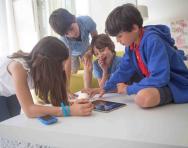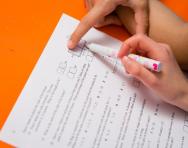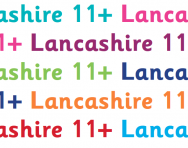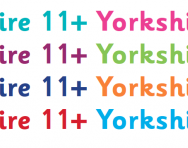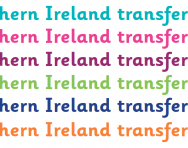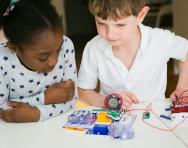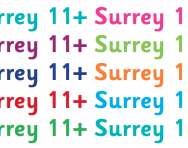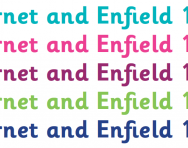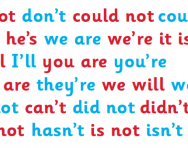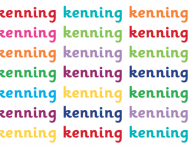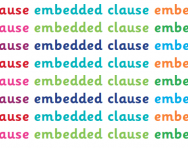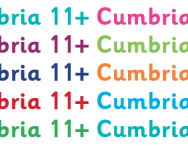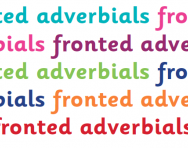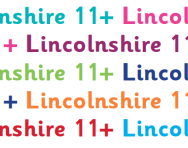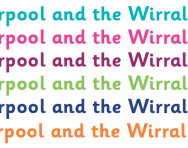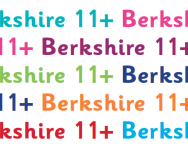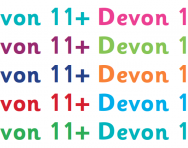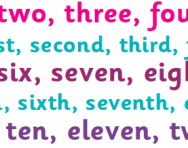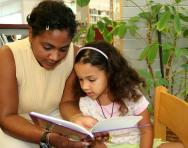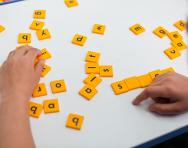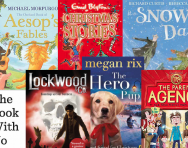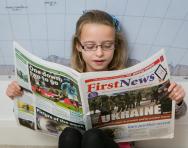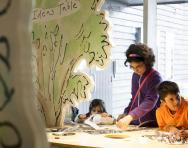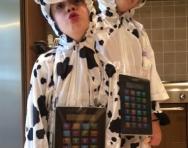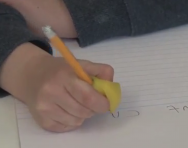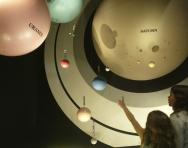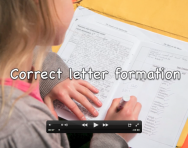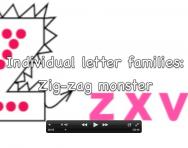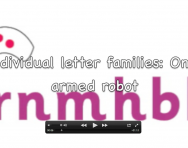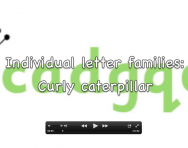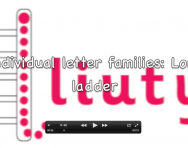Year 6 articles
What is a traditional tale?
Traditional tales like Cinderella, Little Red Riding Hood and Goldilocks play an important part in early literacy. We explain how these well-known stories are used to help develop reading comprehension and early writing skills, and explain how you can help your child's learning with fairy tales at home.
Supporting your child at primary school if English isn’t your first language
Many parents find helping with school work challenging, and it can be even harder if you're not a native English speaker. So how can you help your child to do their best?
Best coding toys for children
Turn screen time into a super-powered learning experience with a new generation of coding toys. Your child will learn programming skills as they play, as well as the basics of computational thinking (and hopefully how to fix your IT problems, too!). We asked programmer, tech-expert and mum, Claire Wardle, as well as other parents, to put the toys to the test and share their findings.
GL Assessment 11+ tests explained for parents
It’s one of the main developers of grammar school entrance exams in the UK, but what do GL Assessment’s 11+ tests involve?
Best chemistry sets for children
Introduce your child to the world of chemical reactions, crystallisation and chromatography with the right chemistry set for every age and stage. From pre-schooler test tubes and safety goggles to pipettes of luminol and alcohol burners, we've picked great kids' chemistry sets for every budget and every budding chemist.
Taking the 11+ test in Lancashire
What's involved in the entrance assessment for Lancashire's grammar schools? We have the details.
The Yorkshire 11+ test explained
Yorkshire has six selective schools, split across three local authorities. Here's what you need to know about taking the entrance tests.
The Northern Ireland transfer test: Common Entrance Assessment (CEA)
Since the 11+ was discontinued in 2008, pupils in Northern Ireland have taken a transfer test for grammar school entry. We explain what's involved in the Post Primary Transfer Consortium test and the Common Entrance Assessment (CEA).
Best electronics sets for children
Learning how circuits work is an important part of Key Stage 2 science. Make the learning light up, buzz, ring and whizz up into the air with these brilliant electronics sets for children, designed to make exploring electricity creative and captivating. From sturdy sets suitable for small fingers to circuit-diagram projects, these sets offer a fantastic hands-on electrical education.
Taking the 11+ in Surrey
Surrey's grammar schools are some of the most competitive in the country. We have the facts you need to know about their entrance exams.
The 11+ in Barnet and Enfield
Competition is fierce for places at Barnet and Enfield's grammar schools, so what does the 11+ test involve?
What are contracted words or contractions?
Contracted words or contractions are used every day in spoken and written English. Help your child keep them straight with our parents' guide, including complete listings of the common contractions children learn to spell in Year 2 and throughout Key Stage 2.
What is a kenning?
Your child's KS2 poetry classes might include analysis of kennings, two-word phrases characteristic of Anglo-Saxon poetry. We explain what this literary device is and how your child might read and write kennings in the primary-school classroom.
What is an apostrophe?
Children are first introduced to apostrophes in Year 2. Help them practise punctuating correctly at home with our simple revision tips, covering the use of apostrophes for possession and omission.
What is an embedded clause?
Understand and use embedded clauses with confidence with our plain-English parents' guide, including examples and details of how this aspect of sentence construction is taught in Key Stage 2 grammar.
Taking the 11+ test in Cumbria
With only one grammar school in Cumbria, we explain what you need to know about entering your child for the entrance test.
What are fronted adverbials?
Fronted adverbials, words or phrases that describe the action in a sentence, are introduced to KS2 children in Year 4. Find out how to identify them and how your child will be taught to use fronted adverbials in their writing in our parents' guide to primary grammar concepts.
The Lincolnshire 11+ test explained
With a massive 15 selective schools to choose from, what do you need to know about registering your child for the Lincolnshire 11+?
Taking the 11+ in Liverpool and the Wirral
The Liverpool and Wirral areas have 10 schools that are fully or partially selective. We explain their testing arrangements.
The 11+ test in Berkshire
All the facts you need to know about entering your child for the 11+ test for entrance to the Slough and Reading grammar schools.
11+ testing in Devon explained
With three separate Local Authorities involved, applying for a grammar school place in Devon can be challenging. We cut through the confusion and explain what parents need to know.
What are cardinal and ordinal numbers?
Reception and KS1 children all learn cardinal and ordinal numbers. We explain how your child will be taught to count and sequence numbers correctly and suggest practical, fun activities you can try at home to support your child's early mathematical learning.
What are prisms and pyramids?
Prisms and pyramids explained for parents, including practical ways children work with 3D shapes in the classroom and learn about their properties.
What is a polygon?
Can you tell your hexagons from your heptagons? Your octagons from your decagons? With the help of educational experts, we explain how polygons are taught in primary school, with examples of regular and irregular versions of each multi-sided shape.
Learning languages through culture
Learning a language at primary school is more than just words; it’s a gateway to other cultures. Dawn Francis-Pester shares top tips for bringing languages to life for your child.
Supporting your child's language-learning at home
Want to encourage your child with foreign language learning? We speak to experts who suggest ways to help your child with languages at home, even if you don’t speak them yourself. By Dawn Francis-Pester
Best word games for children
Expand vocabulary, develop spelling skills, learn about homophones, anagrams and synonyms and compose huge numbers of silly sentences... all while having a great time. Whether your child is 3 or 13, our favourite word board games and literacy card games offer fast-paced fun for the whole family.
14 of the best new books for children for Christmas 2014
You'll be spoilt for choice choosing new books for 4-11 year olds this Christmas. As well as the blockbusters in every bookshop window (welcome back Wimpy Kid, Percy Jackson and Ruby Redfort!), we've fallen for this bumper crop of great reads, from picture books to read out loud to scare stories to shiver under the covers with. Whatever your child's reading ability, these stories are unmissable. Happy reading!
Best educational magazines for children
Looking for a fun- AND fact-packed publication for your child? The selection we've picked offer puzzles, original artwork, fiction, science projects to complete, history, hands-on making and more – and there isn't a plastic cover-mount in sight. Want to encourage your primary-school child to read regularly? Keep them supplied with new issues!
Museums reviewed by parents: Roald Dahl Museum and Story Centre
Make the most of family outings by choosing one of our parent-recommended museums. For fun, story-telling, literary inspiration and creative opportunities visit the Roald Dahl Museum and Story Centre.
No-sew mathematical costumes for Maths Week
A Maths Week costume?!? Don’t get your numbers in a twist! Non-crafty mum Phoebe Doyle’s on hand with some no-sew, no-stress ideas.
Handwriting aids: pencil grips
Does your child struggle to hold their pencil correctly? Handwriting tutor Michelle van Rooyen explains how a pencil grip could help with their handwriting.
Handwriting aids: pens and pencils
With a return to greater emphasis on handwriting in primary schools, could a special pen or pencil help your child master the art of neat writing? Handwriting tutor Michelle van Rooyen explains what handwriting pencils and pens are available.
5 great reasons to become a school governor
Want to directly influence your child's school experience? Jackie Cutchey explains why becoming a parent governor benefits you, your child and their school.
UK museum highlights for children
A visit to a museum or gallery can really help a subject come to life for a child. Who doesn’t remember the first time they saw a dinosaur? Or an ancient Egyptian mummy? To help you navigate the wonderful world of museums the experts at Show Me have put together a guide to some of the UK's best family-friendly places to visit in person and online.
Video: Correct letter formation
Your child will be taught how to form the different letters of the alphabet differently, according to the ‘movement groups’ they fit into. Our explanatory video shows you how to form all letters (Long ladder, Curly caterpillar, One-armed robot and Z for Zig-zag monster) correctly, stroke by stroke.
Video: Letter formation, Zig-zag monster letter family
Help your child form each letter of the alphabet correctly with our step-by-step and stroke-by-stroke videos, with experts from the National Handwriting Association. In this video we look at the Zig-zag monster letter family: z, x, v, w, y and k.
Video: Letter formation, One-armed robot letter family
Help your child form each letter of the alphabet correctly with our step-by-step and stroke-by-stroke videos, with experts from the National Handwriting Association. In this video we look at the One-armed robot letter family: r, n, m, h, b, k and p.
Video: Letter formation, Curly caterpillar letter family
Help your child form each letter of the alphabet correctly with our step-by-step and stroke-by-stroke videos, with experts from the National Handwriting Association. Here we look at the Curly caterpillar family: c, a, d, g, q, o, e, s and f.
Video: Letter formation, Long ladder letter family
Help your child form each letter of the alphabet correctly with our stroke-by-stroke videos, with experts from the National Handwriting Association. In this video we look at the Long ladder letter family: l, i, u, t and y.


